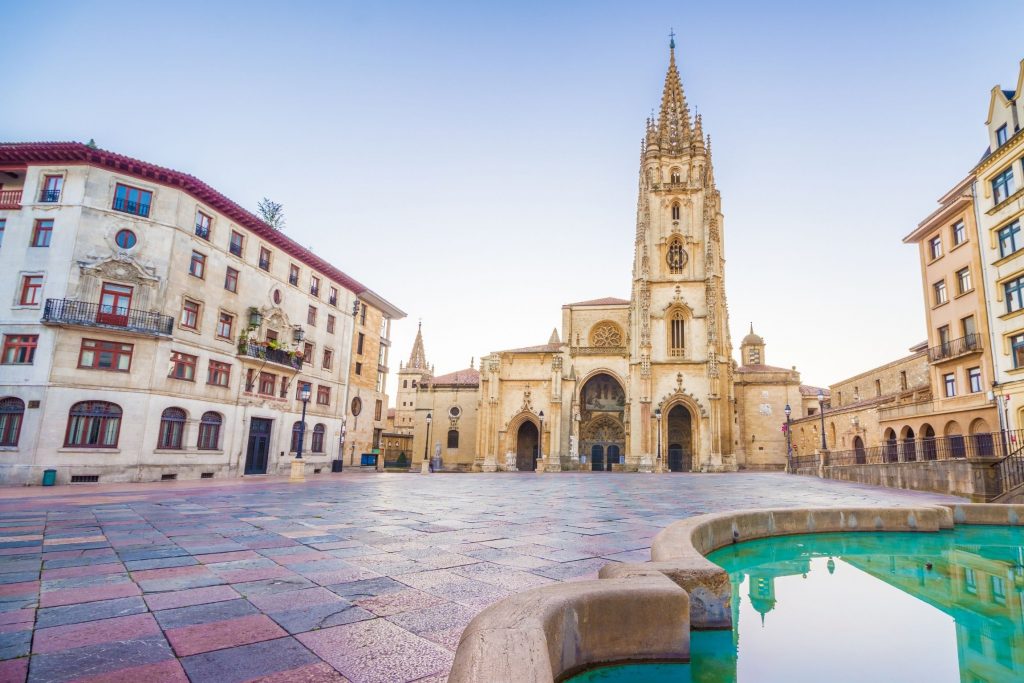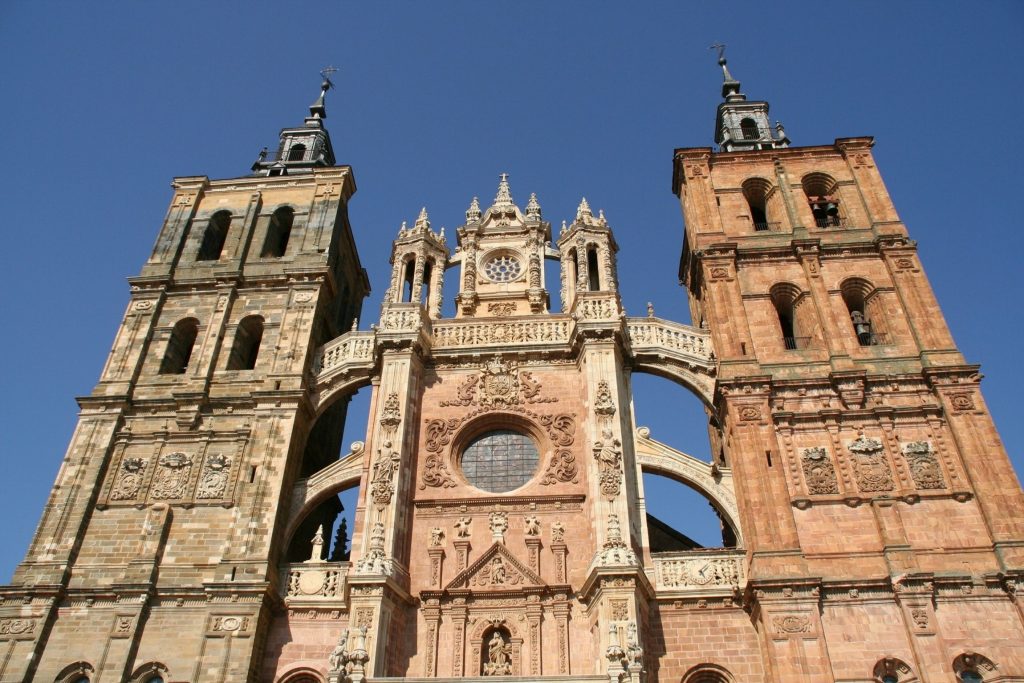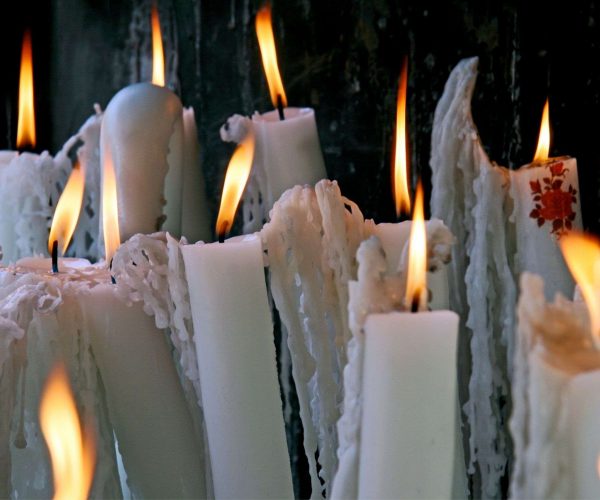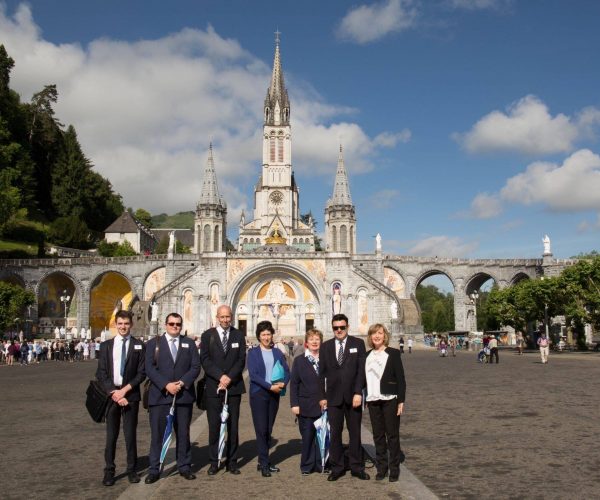Today we introduce you to the history and beauty of 10 glorious cathedrals on the Camino de Santiago trails.
Pilgrims from across the globe have made their way to the magnificent Santiago de Compostela Cathedral, burial place of Saint James the Apostle, since its discovery in the 9th century.
But did you know the Camino de Santiago trails are dotted with many other beautiful sanctuaries and striking cathedrals?

BURGOS
The Cathedral of Saint Mary in Burgos is a masterpiece of Gothic architecture and one of the most magnificent monuments on the Camino de Santiago most famous route: the Camino Frances. Construction of Burgos Cathedral started in 1221 and wasn’t completed until the 16th century, its striking shapes molded by the different phases of Gothic styles. Burgos Cathedral with its 15 chapels has been a UNESCO World Heritage Site since 1984 and it is, after Santiago, possibly the most iconic of all the cathedrals on the Camino de Santiago.
Burgos Cathedral is also the burial place of ‘El Cid Campeador’, the city’s most illustrious citizen and legendary warrior who fought for both Christian and Muslim leaders in the Iberia of the Middle Ages.
TUI
The medieval Fortress-Cathedral of Santa Maria in Tui stands proud on a hilltop overlooking the Miño River and across to Portugal since the 12th century. It was built as a defensive structure to protect it from possible attacks and has a distinctive Romanesque style with Gothic touches, such as the stunning western portico and the cloister.
Tui was once one of the capitals of Galicia and is located on the Camino Portugues route to Santiago.
MONDONEDO
Wandering the cobbled streets of pretty Mondoñedo on the Camino del Norte, you will feel like you are travelling back in time. And while it might be difficult to imagine this tiny town of only 4000 inhabitants was once one of the capitals of Galicia, the Romanesque Cathedral is a reminder of its important historic past. It was built in the early 13th century although later additions are reflected in some of its Gothic and Baroque flourishes.
The town of Mondoñedo is on the Camino del Norte.
LEON
Possibly Spain’s most luminous and colourful cathedral, Leon Santa Maria Cathedral was built in the 13th century, inspired by the French Gothic style. It is known as Pulchra Leonina or the House of Lights for its 737 stained glass windows or ‘vidrieras’ which cover an impressive surface of 1765 m2, and date from the 13th to the 20th centuries. It is another iconic cathedral on the Camino de Santiago.
The city of Leon is located on the Camino Frances route.
LUGO
On the Camino Primitivo route you will find the city of Lugo and its UNESCO-listed Roman Wall, wrapped around the beautiful historic quarter. Just inside the Roman Wall, by the Santiago Gate which has seen thousands of pilgrims pass on their way to Santiago, you will find Santa Maria Lugo Cathedral. Its construction started in the 12th century, inspired by Santiago Cathedral, and it also reflects a mix of various styles.
SALAMANCA
The city of Salamanca is home to one of Europe’s oldest Universities and one of the most spectacular historic quarters in Spain, a UNESCO World Heritage site of extraordinary architecture. Salamanca Cathedral is in fact two cathedrals joined together: the Romanesque Old Cathedral built in the 12th century and the Gothic New Cathedral built in the 16th century.
Salamanca is one of the cities on the Via de la Plata Camino de Santiago route.

OVIEDO
Before the body of Saint James the Apostle was discovered and Santiago became a trendy pilgrimage destination, Oviedo was the shrine of choice for Catholic pilgrims in Northern Spain as King Alfonso II The Chaste had a basilica built to honour the Holy Saviour and display important relics.
Oviedo Cathedral was built over the original Romanesque basilica in the 14th century and continued to be an important shrine for the faithful all throughout the Middle Ages, as well as a stopping point for pilgrims on their way to Santiago.
Oviedo is the starting point of the Camino Primitivo, which connects both shrines, and is the oldest Camino de Santiago route.

ASTORGA
Astorga Cathedral, also on the Camino Frances, was built over three centuries, starting in the 15th century, over an older Romanesque sanctuary. A mix of artistic styles have shaped this beautiful building, from Gothic to Baroque and Neoclassical. The unusual colour of the sandstone used for its construction has earned the building the nickname of ‘The Pink Cathedral’.
SANTO DOMINGO DE LA CALZADA
Santo Domingo de la Calzada on the Camino Frances is not only the name of the town but of the Saint who built and developed it, to support and look after pilgrims on their way to Santiago de Compostela.
Saint Domingo built the cathedral, which construction began in 1040, but also many other services for pilgrims, including a hospital, hostel and a bridge. The Saint is buried in the cathedral. An interesting feature of the cathedral is its hen house where they keep a live rooster and a hen since the 14th century, in reference to a town’s famous legend. The eggs laid by the hen are given to sick people in the parish.
OURENSE
Dedicated to Saint Martin of Tours, Ourense Cathedral is another gem of religious architecture you will find on the Via de la Plata. It is originally a Romanesque temple that has been in construction and evolution for 800 years. Its beautiful Portico do Paraiso (Paradise Portal) is reminiscent of the Portico da Gloria in Santiago de Compostela Cathedral.
We hope you enjoyed this journey to these wonderful 10 cathedrals on the Camino de Santiago.
Find more articles about the Camino de Santiago on our Pilgrimages blog.
Contact our travel experts for more information about our Camino de Santiago tours and start planning a memorable experience.
Contact Us



